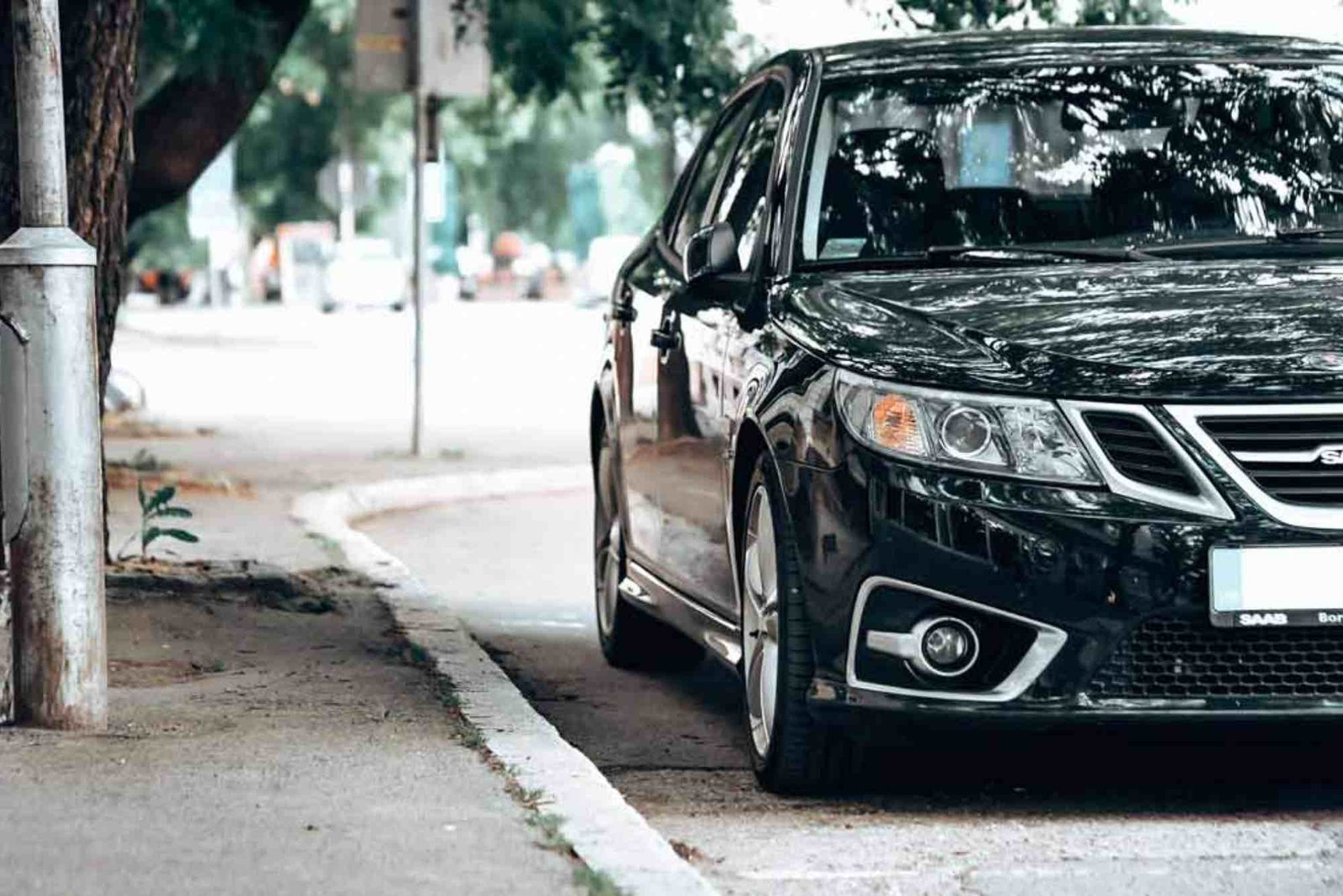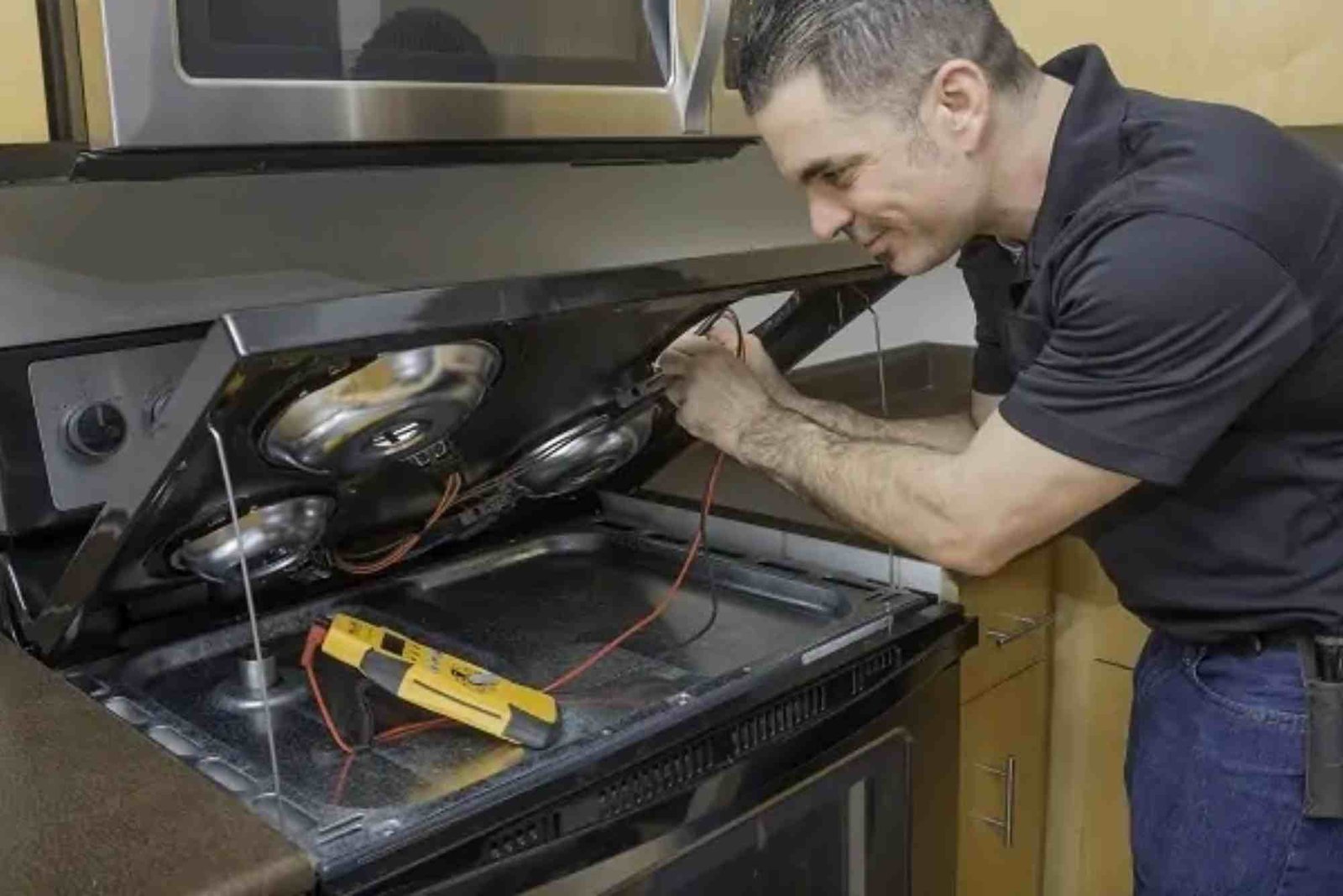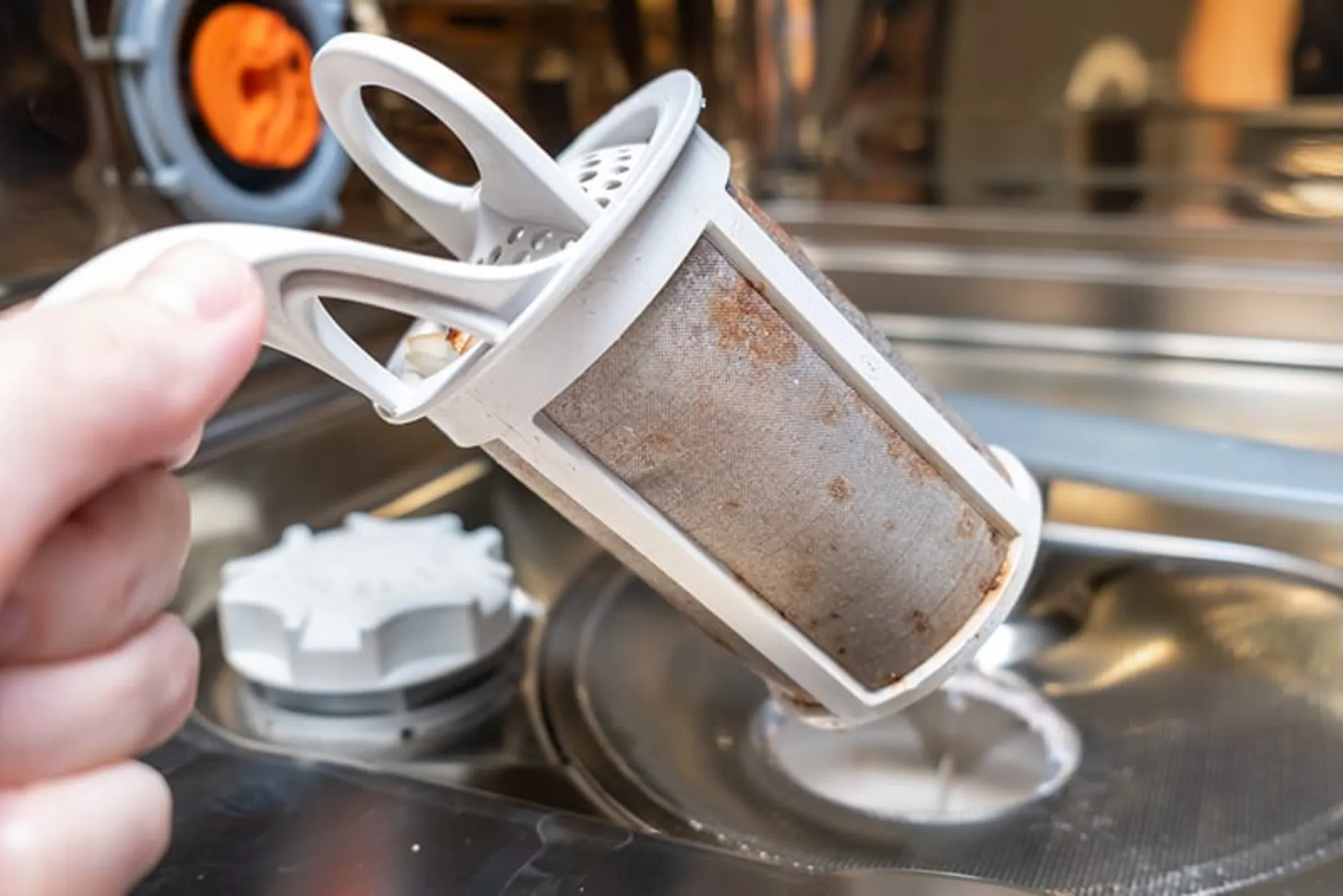Introduction
Saab Automobiles has always fascinated car enthusiasts around the world. Known for its Swedish engineering, safety, and innovation, Saab once held a strong position in the automotive industry. However, after years of ownership changes, bankruptcy, and brand restructuring, many people still wonder — Who Owns Saab Automobiles today?
In this article, we’ll dive deep into Saab’s origins, its journey through various ownership transitions, and the current status of the brand. We’ll also answer frequently asked questions and provide insights into what the future might hold for Saab.
The Origins of Saab Automobiles
Saab’s story began in 1945 when Svenska Aeroplan Aktiebolaget — a Swedish aircraft manufacturer — decided to expand into automobiles. The company’s first car, the Saab 92, rolled off the production line in 1949. Designed with aerodynamics in mind, its smooth curves and reliable engineering set a new standard for European cars.
From the very beginning, Saab automobiles reflected the brand’s aviation heritage. Their focus on safety, aerodynamics, and durability distinguished them from other manufacturers. Features such as the wraparound windshield and strong body design made Saab cars a favorite among safety-conscious drivers.
General Motors Takes Control
In the late 1980s, Saab faced financial challenges despite its innovative approach. To stabilize the brand, General Motors (GM) purchased a 50% stake in 1989. This partnership aimed to give Saab access to GM’s resources and global market presence while allowing GM to benefit from Saab’s engineering expertise.
By 2000, GM took full control, making Saab a wholly-owned subsidiary. Under GM’s ownership, Saab released models like the 9-3 and 9-5, which combined Swedish design with American influence. However, GM’s focus on global cost-cutting and platform sharing diluted Saab’s unique identity.
During the financial crisis of 2008, GM struggled and began shedding less profitable divisions. Unfortunately, Saab was one of them.
The Sale to Spyker Cars
In 2010, GM sold Saab to Spyker Cars, a small Dutch luxury sports car manufacturer. This move revived hopes for Saab’s revival. Spyker aimed to reintroduce Saab as a premium brand emphasizing design, performance, and innovation.
However, the transition was short-lived. Despite producing models like the Saab 9-5 NG and plans for electric vehicles, financial difficulties continued. By 2011, Saab filed for bankruptcy again due to funding shortages and failed partnerships with potential investors.
Enter NEVS — The New Chapter
After bankruptcy, Saab’s assets were purchased in 2012 by National Electric Vehicle Sweden (NEVS), a Chinese-Swedish consortium. NEVS acquired Saab’s manufacturing facilities and intellectual property with the goal of transforming the brand into a leader in electric mobility.
NEVS initially retained the Saab name and even produced limited electric versions of the Saab 9-3. However, due to licensing restrictions from the original Saab AB (the aerospace company), NEVS was later forbidden from using the Saab trademark.
This marked the end of Saab-branded automobile production. Although NEVS continued developing electric vehicles, they were no longer marketed under the Saab name.
Who Owns Saab Automobiles Now?
So, Who Owns Saab Automobiles today? The answer is National Electric Vehicle Sweden (NEVS), but with a major twist.
NEVS owns the rights to Saab’s car designs, platforms, and manufacturing facilities in Trollhättan, Sweden. However, the Saab trademark is still owned by Saab AB, the aerospace and defense company. Saab AB has not granted permission for the car brand to use its name anymore.
In 2020, Evergrande Group, a Chinese conglomerate, became the majority shareholder in NEVS. Evergrande’s involvement aimed to boost NEVS’s electric vehicle ambitions by integrating it into its broader electric car business strategy.
Yet, in 2023, Evergrande’s financial troubles caused uncertainty about NEVS’s future. While the Trollhättan plant remains, production has slowed, and employees have faced layoffs.
In short, Saab as a car brand no longer exists, though its legacy continues under NEVS’s electric vehicle developments.
The Saab Legacy Lives On
Even though the Saab brand is no longer active, its influence persists. Saab’s focus on innovation, safety, and aerodynamics continues to inspire automakers worldwide. The cars produced between 1949 and 2011 remain highly valued by enthusiasts who appreciate their unique design and engineering.
In online communities, Saab owners share stories, offer maintenance advice, and even organize meetups. The brand’s “Born from Jets” slogan still resonates with those who admired Saab’s combination of engineering and individuality.
For readers interested in more automotive insights, visit Who Owns Saab Automobiles to explore similar articles and brand histories.
Saab Automobiles and Electric Innovation
When NEVS took control, their primary goal was to make Saab a pioneer in electric vehicles. They worked on EV prototypes based on Saab’s original platforms, envisioning a future of sustainable mobility.
Although the Saab badge disappeared, NEVS developed several promising electric concepts that reflected Saab’s engineering spirit. Their efforts aligned with global trends toward sustainability, autonomous driving, and smart mobility.
Today, NEVS continues to work on projects in collaboration with Chinese EV firms, emphasizing environmental responsibility and design efficiency.
Why Saab’s Story Matters
Saab’s journey is a lesson in how innovation, financial management, and corporate identity shape a company’s destiny. Despite its struggles, Saab’s DNA remains a benchmark for safety and design excellence.
Many automobile historians believe that Saab’s downfall was not due to poor engineering but rather corporate decisions that failed to align with the brand’s unique values. Under GM and Spyker, Saab lost its distinctive touch, which had once made it stand out.
Nevertheless, Saab’s history serves as a valuable case study for understanding how great engineering can survive even when a brand does not.
The Future of Saab Automobiles
Will Saab ever return? As of now, it seems unlikely. Saab AB has made no announcements about reviving the brand or licensing its name to another manufacturer. NEVS, though still active, has moved beyond the Saab identity.
However, if NEVS or another automotive innovator successfully channels Saab’s heritage into a new electric brand, Saab’s spirit could live again in a modern form.
Until then, the name Saab will continue to symbolize Swedish ingenuity, resilience, and precision.
FAQs About Saab Automobiles
Who owns Saab Automobiles now?
Saab Automobiles is owned by National Electric Vehicle Sweden (NEVS), though the Saab trademark belongs to Saab AB, the aerospace company.
Does Saab still make cars?
No, Saab-branded cars are no longer in production. NEVS continues to develop electric vehicles but cannot use the Saab name.
Can you still buy new Saab cars?
No new Saab cars are available, but pre-owned Saabs are still sold and maintained through enthusiast networks and independent garages.
Why did Saab go out of business?
Saab’s decline resulted from financial challenges, poor management decisions, and ownership transitions that diluted its brand identity.
Is Saab coming back?
There are currently no confirmed plans to revive Saab as a car brand. However, NEVS continues developing EVs inspired by Saab’s heritage.
Saab Automobiles may no longer exist as a car manufacturer, but its impact on automotive engineering is undeniable. The brand pioneered turbocharging, emphasized safety long before it became mainstream, and built vehicles that drivers trusted in harsh Scandinavian winters.
While National Electric Vehicle Sweden (NEVS) owns the assets and continues Saab’s spirit in the electric future, the Saab name itself remains with Saab AB. For fans, Saab represents not just a car — but a symbol of smart innovation and timeless design.
If you want to explore more about classic brands and modern innovations, check out this Related Automobile article.
For deeper insights into global automotive stories, Learn more about the fascinating intersections of technology and creativity across industries.







